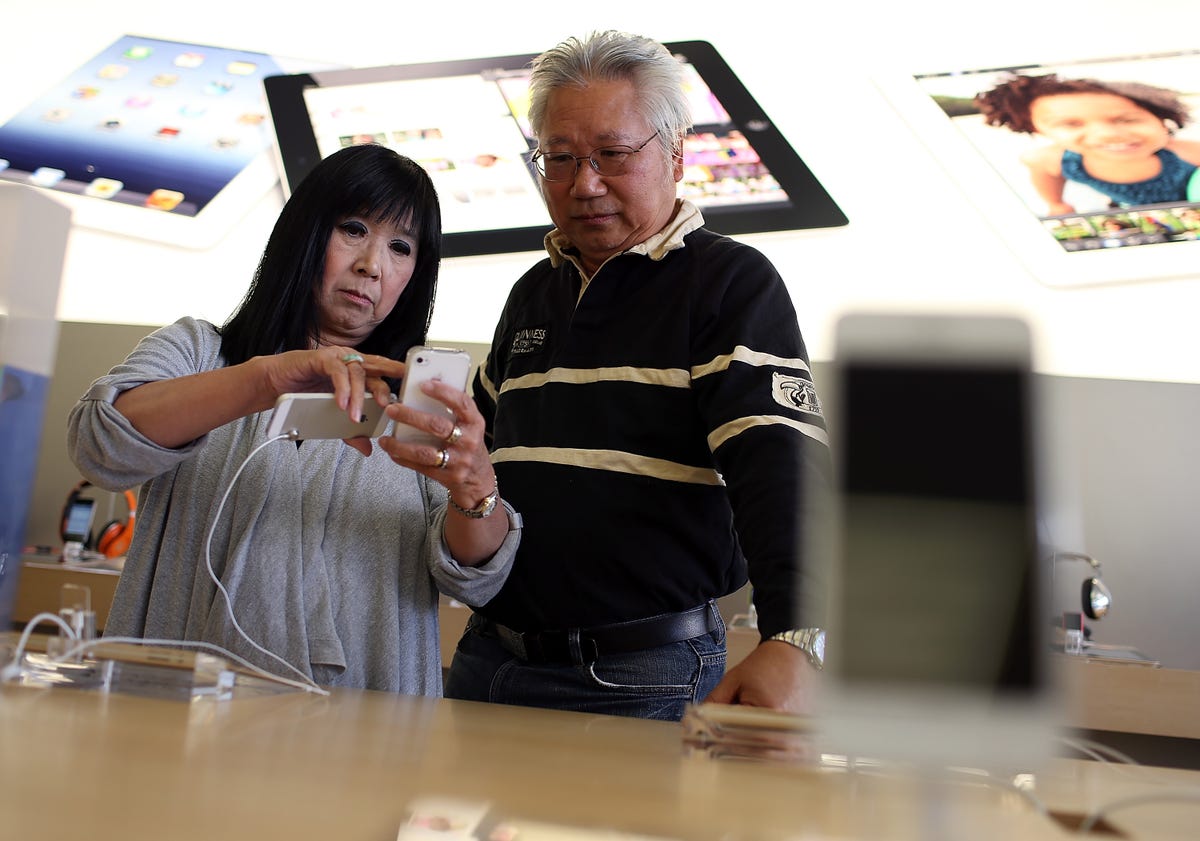
Justin Sullivan, Getty Images
China boasts an early-adopter attitude toward technology, according to a report by GfK’s Roper Reports Worldwide, with 44 percent of Chinese Internet users willing to discover and try new technologies.
Chinese millennials have been declared the “smartphone” generation, with as much as 92 percent of Chinese between the ages of 18 and 30 owning a smartphone, according to a report by the Financial Times and Telefonica SA, a Spanish telecom company.
But the highlight of GfK’s report underlines a demographic of technology adopters that aren’t frequently discussed. A large percentage of technology users between the ages of 50 and 59 identified as being someone who “uses technology as much as possible.” As much as 41 percent of Chinese 60-years-old or older are frequent technology users.
Comparing the usage rates of the older generation with the Asia-Pacific and global average, the older generation of Chinese consider themselves to be active tech users.
Just 19 percent of Asia-Pacific tech users between 50 years and 59 years identify themselves as being frequent technology users, while the rate drops to 15 percent among those 60 years or older. The global average is 22 percent and 16 percent respectively.
As a point of comparison, 66 percent of Chinese millennials between the ages of 15 and 19 years old identify with users of new technology, while just 47 percent of Chinese between the ages of 20 and 29 identify with being new technology users.
“We have a large online population, in which we’ve found that the older generations in China find technology more exciting than the global average across all age groups in the Asia region,” says Vicky Shen, a GfK spokeswoman.
Rising GPD fuelling rapid tech adoption
While the sentiment toward new tech among older users might come as a surprise, Chinese are generally known to be early adopters of technology, not to mention that they’re prolific users of smartphones whether it’s for productivity, entertainment, or communication.
More importantly, there’s a correlation between a higher per capita income and technology use, whereby “countries with a higher GDP per capita generally have higher rates of smartphone ownership and internet and social networking use,” according to Pew Research.
China’s per capita income jumped 8.1 percent in 2013 according to China’s National Bureau of Statistics, on the back of rising wages and the increasing cost of living.
But as a result, China’s adoption of technology, with an emphasis on the Internet and smartphones, is both racing ahead and catching up to the United States.
A Pew study reports that China has passed the US in cell phone ownership with 95 percent of Chinese adults owning a cell phone compared to 91 percent of US adults in 2013. This figure will grow even further as 40 percent of smartphones shipped globally in Q1 2014 shipped to China, according to an IDC report.
Internet adoption in China on the other hand lags behind, but is quickly growing as more mobile devices are shipped to the country. In 2013 just 55 percent of Chinese used the Internet, while the Internet penetration rate in the US was as high as 84 percent.
Will China be the fastest adopters of wearables?
With increasing attention paid to the China, wearables and connected hardware devices — sectors in technology seeing rapid investment from companies including Tencent, Baidu, and Foxconn — China may even be the largest market for wearable devices.
A report from NPD DisplaySearch predicts that China will “dominate demand” for wearable devices, while demand in the rest of the world slows down in 2015.
“Chinese consumers express that they are very open to new technology. This is an indication that wearable technology and other innovations could be adopted faster than in other countries,” says Shen.



